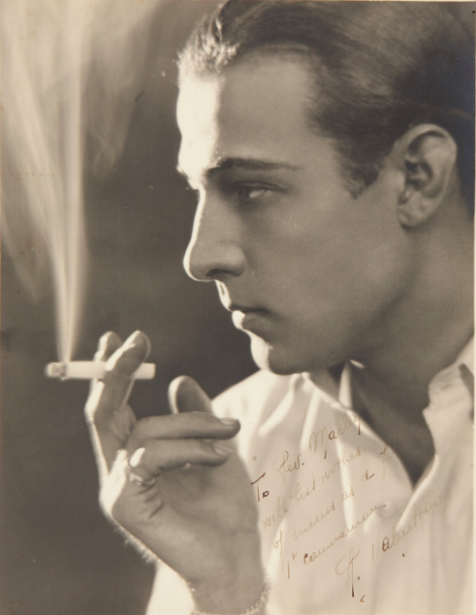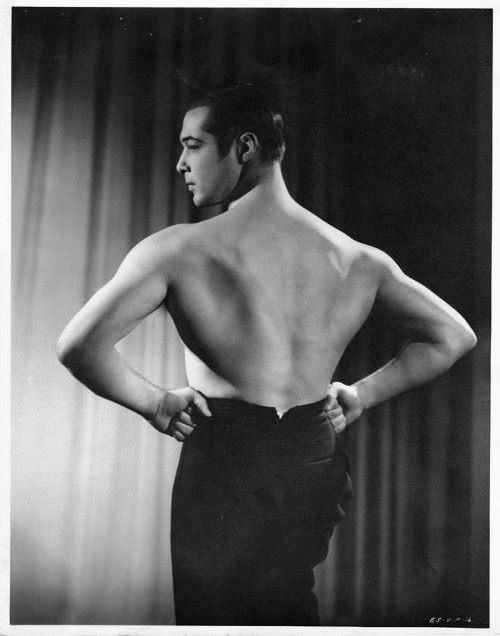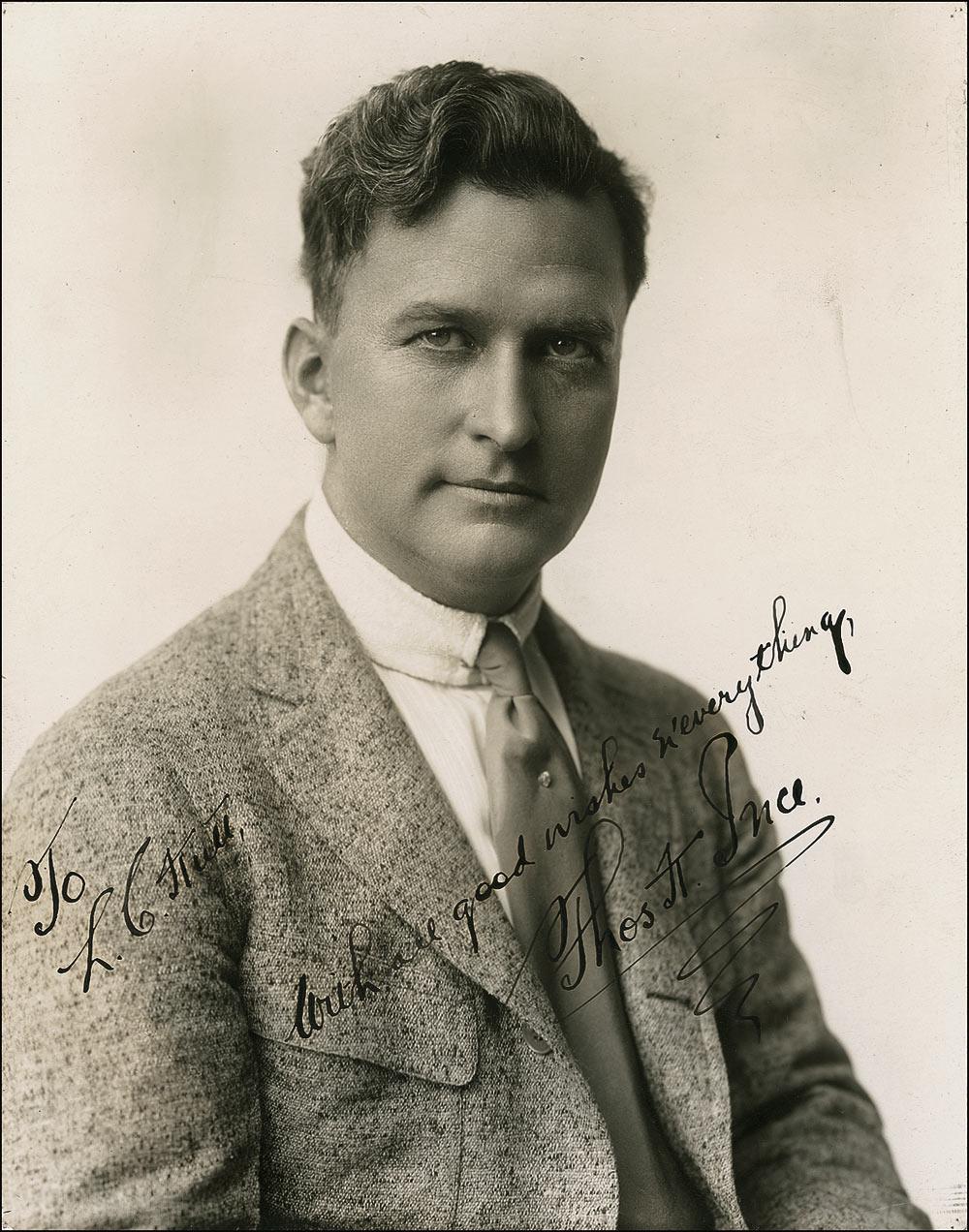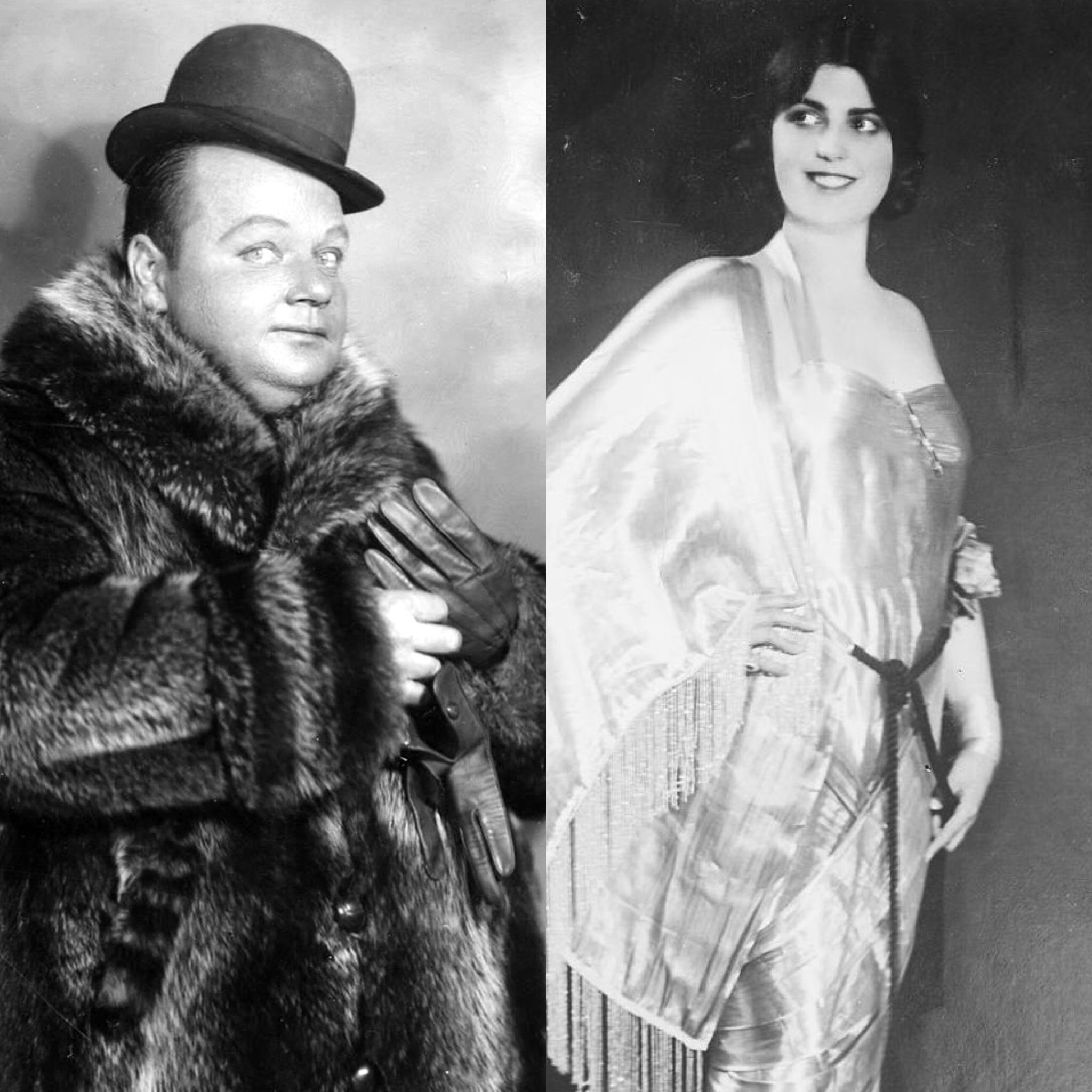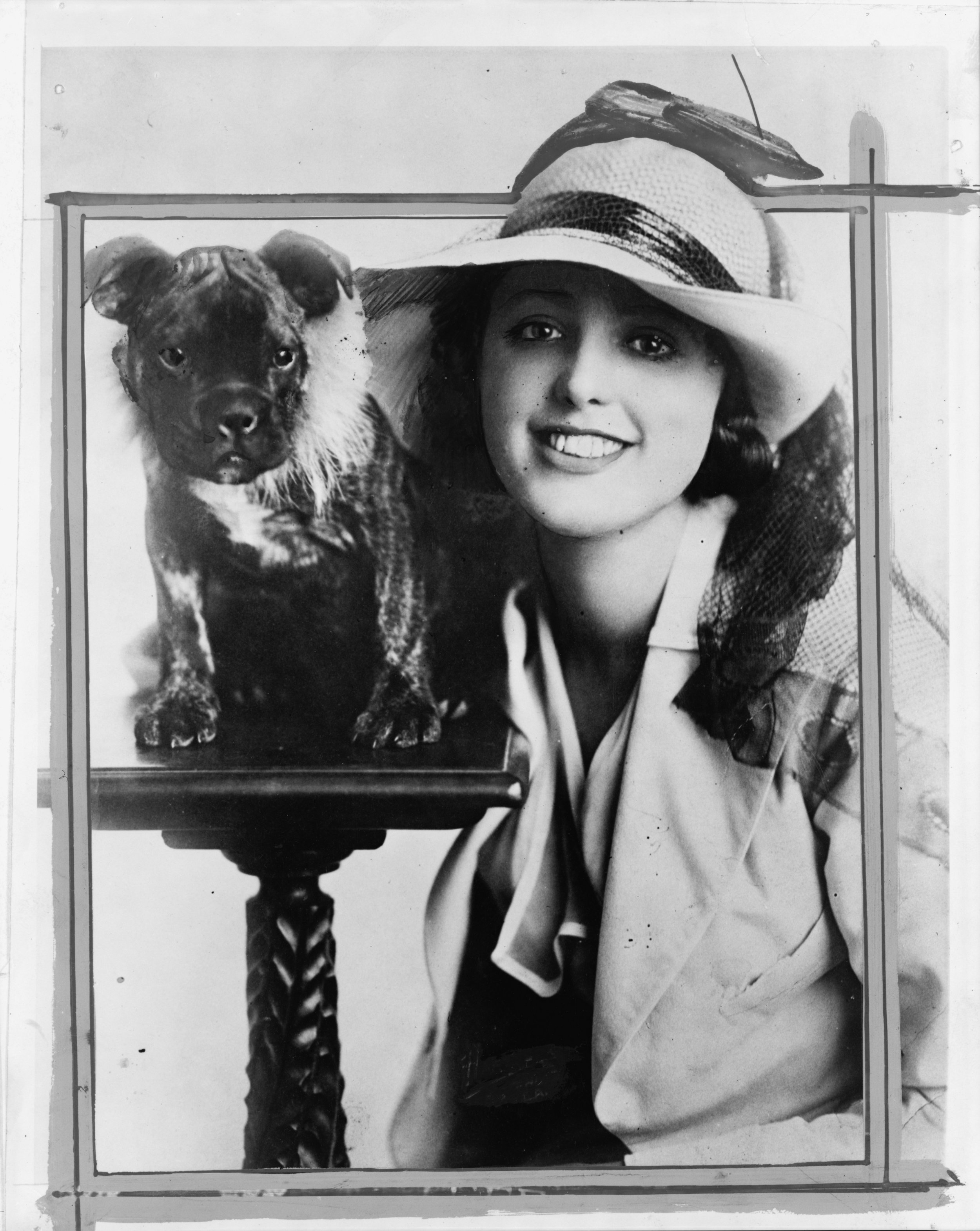Listen to this episode on Apple Podcasts and Spotify.
Rudolph Valentino was Hollywood’s first “latin lover.” His shocking death at the age of 31 was attributed to side effects from an appendectomy, but Hollywood Babylon forwards theories that Valentino may have actually been poisoned, or killed by the husband of a lover, and/or secretly gay and recently divorced from his second secretly lesbian wife. What was the real story of Valentino’s marriages, and what really led to his untimely demise?
SHOW NOTES:
Sources:
This episode is a response to, and includes a brief excerpt from, Hollywood Babylon by Kenneth Anger.
Dark Lover: The Life and Death of Rudolph Valentino by Emily W. Leider
Silent Stars by Jeanine Basinger
Beyond Paradise: The Life of Ramon Novarro by Anthony Slide
Zeppo's Marion Benda and Valentino's Marion Benda: A Legacy of Confusion by Mallory Curley
My Private Diary by Rudolph Valentino
“Swanson and Valentino” Episode 6 of Hollywood: A Celebration of the American Silent Film, directed by Kevin Brownlow and David Gill
Music:
Original music was composed for this episode by Evan Viola. Most of the rest of the music used in this episode, with the exception of the intro and outro, was sourced from royalty-free music libraries and licensed music collections. The intro includes a clip from the film Casablanca. The outro song this week is “Lenny Valentino” by The Auteurs.
Excerpts from the following songs were used throughout the episode:
The Smoke Room - Gunnar Johnsen
Angry Cats - Hakan Ericsson
Pesado Manouche 3 - John Ahlin
Cluedo - Hakan Eriksson
I Don’t Smoke - Mythical Score Society
Loser - Anders Ekengren
Mas Cerca De Ti 1 - Martin Carlberg
Black and White - Magnus Ringblom Quartet
The Sheik (My Rose of Araby) (1921) - Ted Snyder
Mas Cerca De Ti 5 - Martin Carlberg
After the Freakshow - Jenny Roos
Whiskey Rondo - Hakan Eriksson
People Falling - Gavin Luke
Tartango 1 - Josef Falkenskold
Bad News Piano 02 - Oscar Collin
Excerpts from the following songs were used throughout the episode:
Credits:
Our special guest this week is John Hodgman.
This episode was written, narrated and produced by Karina Longworth.
Editors: Sam Dingman and Jacob Smith.
Research and production assistant: Lindsey D. Schoenholtz.
Social media assistant: Brendan Whalen.
Logo design: Teddy Blanks.
